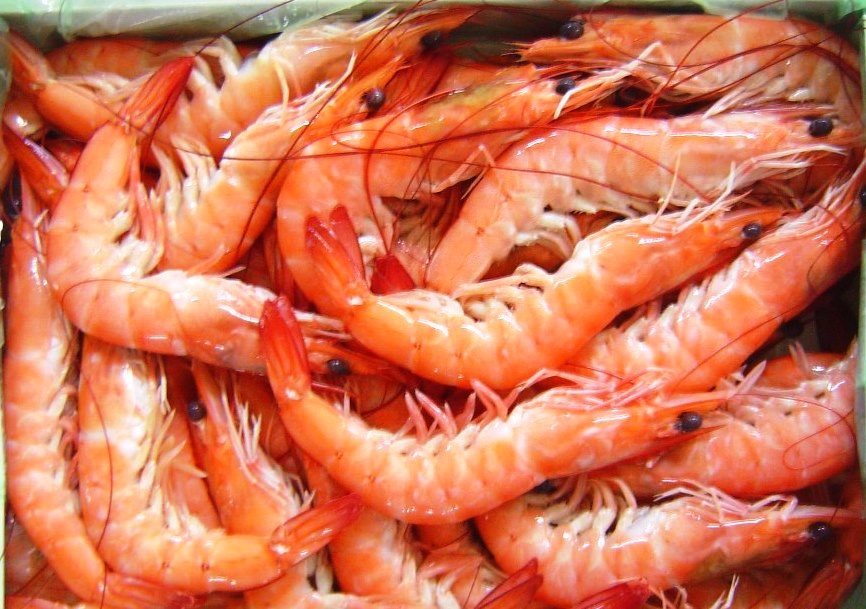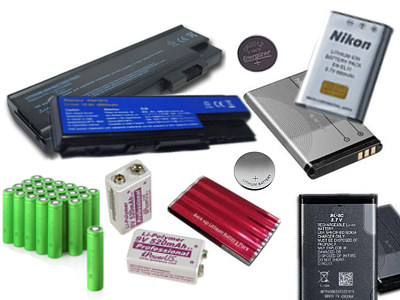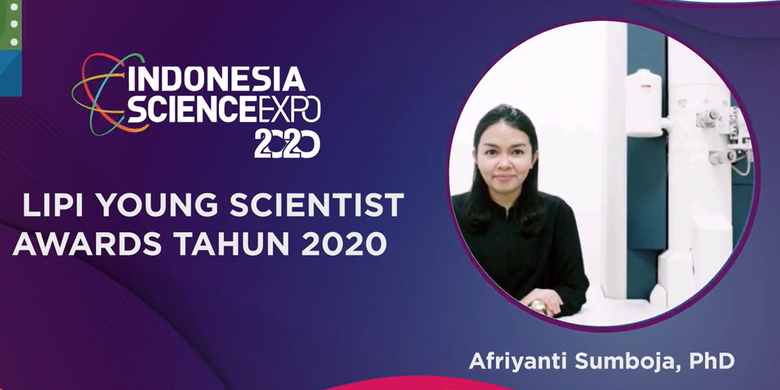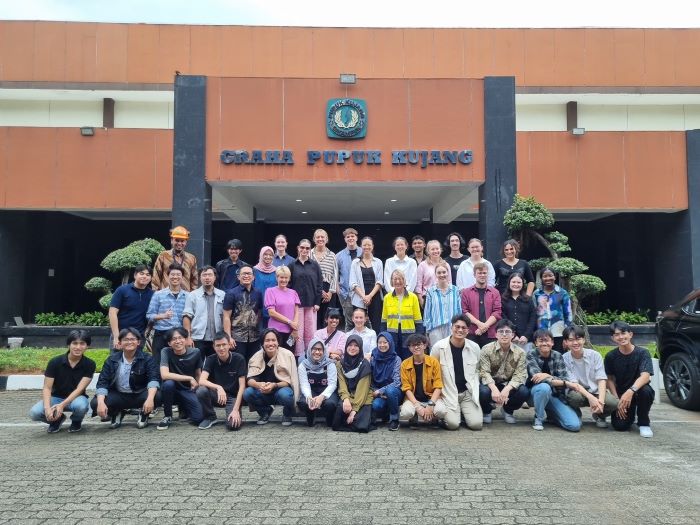Using Waste Shrimp Shell, ITB Develops Polymer Electrolyte Membrane for Lithium Batteries
By Shabrina Salsabila
Editor Shabrina Salsabila

 The development of portable electronic devices, especially smart phones and notebook have an impact on the high need for high-energy batteries. From the various types of existing batteries, lithium ion batteries are the most commonly used battery. Unfortunately, current commercial lithium ion batteries is still utilizing the electrolyte in liquid form in its use. In addition to highly flammable, liquid electrolyte also has many negative effects and dangers, both to the batteries user and the environment.
The development of portable electronic devices, especially smart phones and notebook have an impact on the high need for high-energy batteries. From the various types of existing batteries, lithium ion batteries are the most commonly used battery. Unfortunately, current commercial lithium ion batteries is still utilizing the electrolyte in liquid form in its use. In addition to highly flammable, liquid electrolyte also has many negative effects and dangers, both to the batteries user and the environment. One alternative component that can be used as a substitute for liquid electrolyte is a solid polymer electrolyte. Compared with liquid electrolyte, solid polymer electrolyte is safer to use and more environmentally friendly. Formed from the merger of the lithium salt in the polymer matrix, the solid polymer electrolyte used in lithium batteries is expected to surpass the performance of conventional lithium batteries which are still using a liquid electrolyte. In addition, lithium batteries use a solid polymer also has the advantage of a rechargeable, it is according to the needs of people in modern times that require high-energy batteries for electronic equipment.
 Departing from these problems, Prof. Dr. I Made Arcana, Chairman of the Scientific Group of Physical Chemistry and Inorganic ITB initiated a study aimed at developing a novel polymer electrolyte. Recognizing that the primary key of the lithium polymer battery located in the electrolyte, Arcana utilizes biodegradable polymers to suit the needs of safe lithium polymer battery use and environmentally friendly. The study was conducted is done by selecting the right components selectively from an electrolyte. The selection is based on a high ionic conductivity, good mechanical properties, and compatibility with the electrolyte material.
Departing from these problems, Prof. Dr. I Made Arcana, Chairman of the Scientific Group of Physical Chemistry and Inorganic ITB initiated a study aimed at developing a novel polymer electrolyte. Recognizing that the primary key of the lithium polymer battery located in the electrolyte, Arcana utilizes biodegradable polymers to suit the needs of safe lithium polymer battery use and environmentally friendly. The study was conducted is done by selecting the right components selectively from an electrolyte. The selection is based on a high ionic conductivity, good mechanical properties, and compatibility with the electrolyte material.
Chitosan as The Main Materials
It has been a lot of research that studies the use of chitosan to be applied to the polymer electrolyte. Chitosan is a natural polymer compound which can be obtained from the deacetylation of chitin. Unfortunately, studies that have been there previously demonstrated that chitosan still has a low ionic conductivity, even after the addition of lithium acetate salt.
 Therefore, Arcana trying to develop a new polymer electrolyte with sufficient ion conductivity. Although adequate ionic conductivity, the battery with a new polymer electrolyte is expected to still be able to meet the needs of lithium polymer batteries that are safe for the user and environmentally friendly. Together with other research colleagues, Dr. Bunbun Bundjali MS and Hariyawati D., SSi., MM., Research conducted Arcana focuses on creating a low-cost polymer electrolyte membrane with chitosan main material.
Therefore, Arcana trying to develop a new polymer electrolyte with sufficient ion conductivity. Although adequate ionic conductivity, the battery with a new polymer electrolyte is expected to still be able to meet the needs of lithium polymer batteries that are safe for the user and environmentally friendly. Together with other research colleagues, Dr. Bunbun Bundjali MS and Hariyawati D., SSi., MM., Research conducted Arcana focuses on creating a low-cost polymer electrolyte membrane with chitosan main material.
Develop Polymer Electrolyte Membrane from Shell Waste Shrimp
As the first step, carried out the removal of protein in shrimp shell waste with deproteinasi process, and followed by removal of minerals with demineralization process. Shrimp shells that have experienced both the process now no longer contains protein and minerals, in order to obtain pure chitin are ready to be processed further through the process of deacetylation into chitosan. Chitosan is derived from shrimp shell waste isolation then dissolved with polyethylene oxide (PEO) and lithium perchlorate as an ionizing salt in a suitable solvent, and mixed until homogeneous. The polymer solution is then poured over the petri dish so that the solvent can evaporate.
Research conducted by a professor who also fills Chemical Energetics subjects showed an increase in ionic conductivity up to 4 times with the use of chitosan obtained from insulating shells. In fact, the conductivity of polymer blend membranes of chitosan, polyethylene oxide, and lithium can be maximized up to 10-fold with the addition of lithium perchlorate. Polymer electrolyte membrane is what can potentially be used as a polymer electrolyte in lithium battery applications.

.jpg)
.jpg)
.png)
.jpg)
.jpg)



